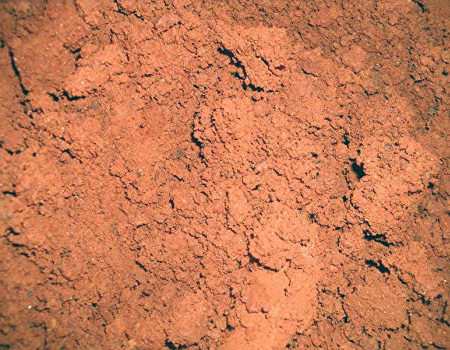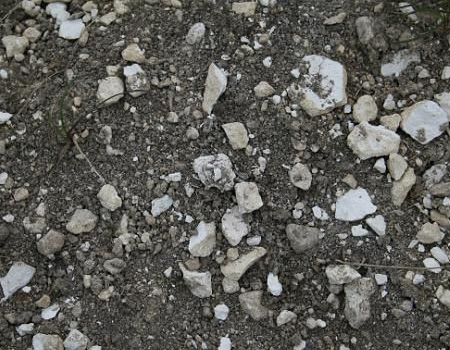Welcome to Vorster Landbou Dienste
Soil Fertility Testing
South Africa
Improve your soil's potential with thorough fertility testing by Vorster Landbou Dienste.


At Vorster Landbou Dienste, we are dedicated to empowering South African farmers through precise soil analysis. Our services help you make informed decisions, ensuring your soil's fertility is optimized for maximum crop yield and long-term sustainability.
- Enhance Crop Productivity
- Ensure Sustainable Farming
- Make Informed Fertilizer Decisions
Common soil types

Sandy soil
Sandy soil is light and dry, drains fast, and needs organic matter to hold nutrients.

Peat Soil
Peat soil is moisture-rich, high in organic matter, and ideal for planting.

Clay Soil
Clay soil is heavy and rich but drains slowly and can dry out in summer.

Chalk Soil
Chalk soil is an alkaline soil and this soil is not suitable for any acid-loving plants.

Silt Soil
Silt soil retains moisture, drains well, and benefits from added organic matter.

Loam Soil
Loam soil is a balanced, fertile mix with good drainage, ideal for gardening.




How to Benefit
Why Soil Testing Matters
Benefits of Soil Testing and Why It's Vital for Your Farming Success and Environmental Responsibility.

Optimize Fertilizer Use
Soil testing helps you apply the right amount of fertilizer, saving costs and preventing overuse.

Increase Crop Yield
Knowing your soil's health allows you to adjust your farming practices, leading to higher crop yields.

Prevent Soil Degradation
Testing helps preserve soil quality, ensuring future generations can use the land effectively.

Environmental Sustainability
By using soil analysis, you reduce the risk of pollution from excess fertilizers, promoting sustainable agriculture.

pH Levels
Measuring the soil's acidity or alkalinity on the pH scale.

Nutrient Levels
Quantifying the concentrations of essential nutrients like nitrogen, phosphorus, and potassium.

Cation Exchange Capacity (CEC)
Determining the soil's ability to retain and exchange essential nutrients.

Organic Matter Content
Measuring the percentage of organic materials in the soil.
Faqs
Your Soil Analysis
Questions Answered
It's recommended to test your soil every 2-3 years to monitor changes and adjust your soil management practices accordingly.
Results are typically provided within 7 working days, sometimes even sooner, ensuring a swift response to your soil's needs.
You can collect samples yourself using our guidelines, or you can hire a professional for precision. Both options are valid.
Absolutely, soil testing enables precise fertilizer recommendations, helping you avoid overapplication and save on fertilizer costs.
Yes, soil testing is valuable for organic farming too. It helps you make informed decisions about organic soil amendments and crop selection.
Certainly, soil testing promotes sustainable agriculture by minimizing environmental impacts through precise nutrient management and soil conservation.




Let's test your soil


